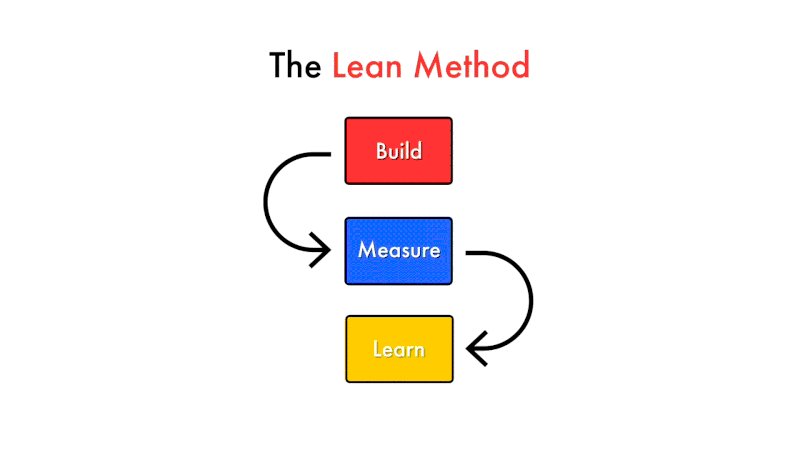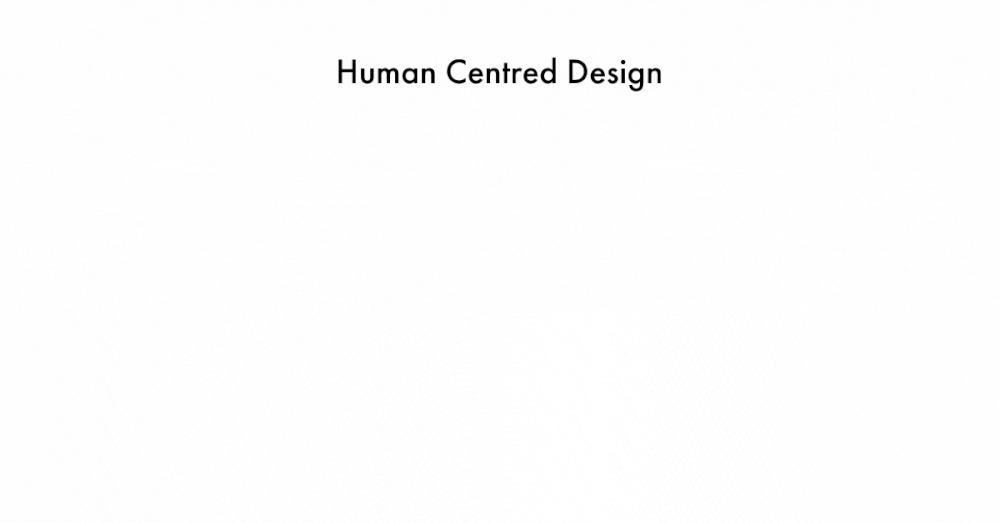Series wrap up: Pretotyping, the bridge to creating better innovation
Over the past few weeks, we’ve taken a look at some of the most prominent innovation methods out there, examining their strengths, discussing where they may fall short and explaining how pretotyping is the perfect companion to all of them.
We understand that for any large or established business, switching your innovation method completely is almost impossible, as it’s often quite a complicated process. This is why instead of trying to convince you to switch from one to the other, we’re taking a different approach. We’ve provided you with information and frameworks of exactly where pretotyping can add to your existing method, why you should make the addition and how it will help your business reach new heights.
Whether your team uses the Lean Method, the Agile/Scrum combo, the emotion-based process of Human Centred Design, the culture entwined ‘Working Backwards’ or something else entirely, pretotyping will work alongside it. Not only that, but it will streamline, scaffold and support your existing processes, saving you money and helping your business to innovate at a whole other level. Read on below as we recap the series and highlight the versatility and applicability of pretotyping, no matter the method you use or the industry you’re in.
The Lean Method
To kick off the series, we examined how The Lean Method aims to eliminate waste and create efficiencies wherever possible, placing enormous importance on the mantra: ‘working smarter, not harder.’ The basic principle is to make the best product using as little time and resources as possible, using a ‘Build, Measure, Learn’ cycle.
As we explained, whilst this method can be a wonderful tool for innovation, it also demonstrates a gap that teams must leap over when choosing it as a strategy: there’s nothing to prove that the idea they’ve chosen will actually work.
This is where pretotyping comes in, neutralising the weaknesses of Lean by flipping it on its head, so that it now works ‘Learn, Measure, Build.’ By reversing the process, pretotyping can then integrate with Lean at both a macro and micro level, and we can know (and know early), based on customer data and insights, whether an idea will work.
Agile/Scrum
Next, we looked at the (almost) perfect pair that is Agile + Scrum. As a set of values and principles, Agile works as a foundation on top of which Scrum operates. Scrum is more process-oriented, offering clear steps, roles and responsibilities to help teams build prototypes efficiently and effectively.
Whilst this pairing does have a lot of similarities with pretotyping, it fails to provide a framework for choosing which product or service to develop. Pretotyping adds to Scrum by asking teams to create experiments that can be up and running as quickly as possible, removing any blockers and providing the missing framework. Nothing is left to chance, and everyone can own each step of the process.
The Amazon Method or ‘Working Backwards’
‘Working Backwards’ is less a process than a product of extremely experimental and forgiving company culture that starts with the team writing a press release for the proposed product. Amazon’s entire method is set up to determine whether the development team is excited enough about the idea to actually build the thing, rather than testing if customers will actually buy it.
Pretotyping asks the questions that are missing in Working Backwards, adding the key step that is needed for anyone other than Amazon to make use of the method. Pretotyping asks: “Sure, it’s a great idea, but how do we know that the customers will even use it? Where is your data?”
Paired with Working Backwards, pretotyping allows teams to have the best of both worlds: the chance to experience the joys of ideation and creativity whilst also providing you with the tools to focus, fail early and validate which of your ideas will actually work.
Human-Centred Design
Human-centred design deliberately seeks out emotions and opinions in order to generate ideas for products and services. As a result, this method often entails decisions made based on emotive stories, rather than evidence and data. To avoid this, pretotyping can be used to improve and streamline the innovation process, putting both customers and data at the centre, and saving you time and money in the process.
Pretotyping strengthens the human-centred design method by providing a way to test and validate the ideas that come from fieldwork, in order to make informed, data-driven decisions about which solutions to build. By using both methodologies together, you end up with a more robust and rigorous process that ensures you are building the right ‘it’ and solving customers’ problems (and alleviating their pain) faster, and to a better standard.
Bridging the innovation gap.
For all the discussion and exploration we’ve done throughout this series, our conclusion remains the same: that no matter which innovation method your business is currently using, pretotyping can help. It works as a scaffold, a bridge, a funnel and an ‘Uno reverse card’ all at once, filling the gaps and helping to make your innovation process seamless, more efficient and better equipped to handle failure.
Above all else, pretotyping reminds us that failure is a good thing! Failing fast and early and learning from those failures leads to better products, stronger teams and happier customers.
Ready to integrate pretotyping into your innovation process?





